Disclosure
This post contains affiliate links. If you click and buy, I may receive a small commission at no extra cost to you. Thanks for supporting our website!
Introduction
Phonics is the cornerstone of early reading development. It forms the bridge between spoken language and written text, empowering children with the ability to decode unfamiliar words and build vocabulary. “Getting Ready for Phonics” is not just a phase; it is a critical foundation that determines how smoothly a child will transition into becoming a confident reader. This guide is designed to help parents and educators navigate the pre-phonics stage with clarity and effectiveness, setting the stage for lifelong literacy.
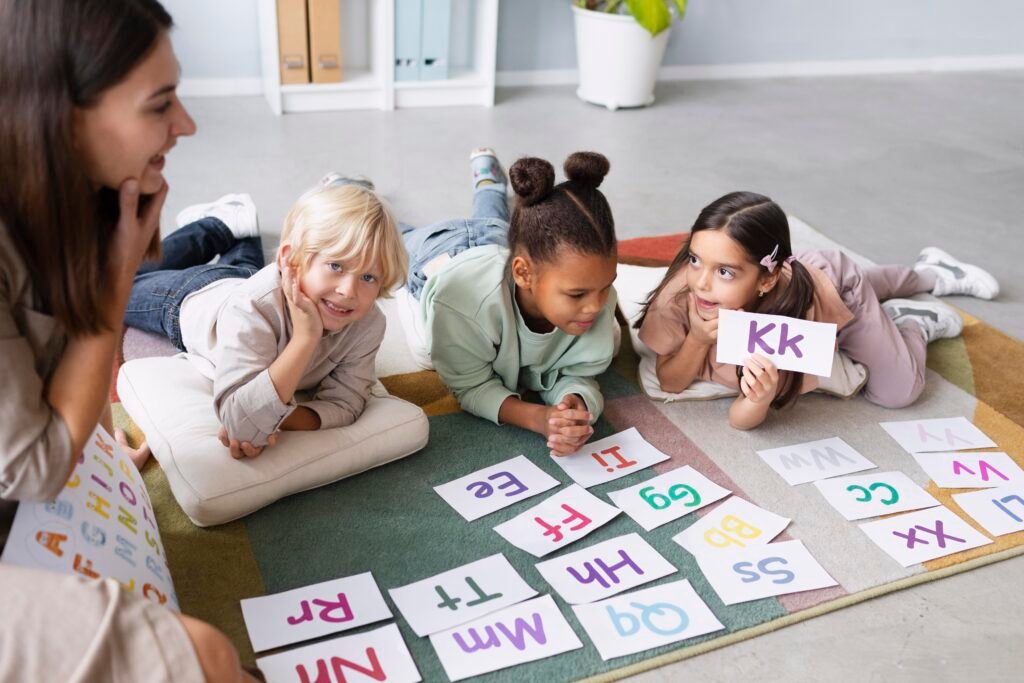
Why Phonics Matters
Before diving into how to get ready for phonics, it is important to understand why phonics is essential:
- Builds Decoding Skills: Children learn to recognize letter-sound correspondences, which helps them decode new words they encounter.
- Enhances Spelling: When children understand how sounds and letters work together, their spelling naturally improves.
- Boosts Confidence: Reading fluency brings confidence, encouraging children to explore more texts.
- Develops Vocabulary: Exposure to a wide variety of words through reading expands vocabulary and comprehension.
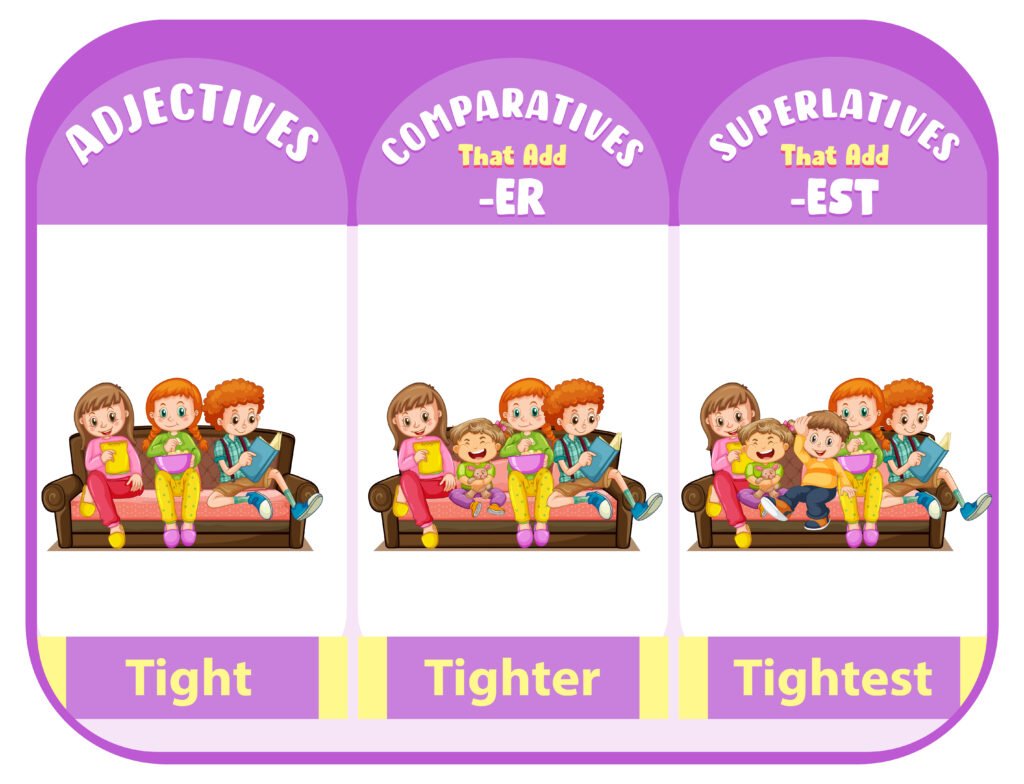
What Does “Getting Ready for Phonics” Involve?
Getting ready for phonics involves more than learning the alphabet. It focuses on a range of foundational literacy skills that include:
- Listening Skills
- Auditory Discrimination
- Oral Language Development
- Phonological Awareness
- Gross and Fine Motor Skills
These areas form a solid base upon which effective phonics instruction can be built.
1. Developing Listening Skills
Listening is the first skill a child must master before reading. The ability to focus on and identify sounds builds the awareness necessary for future phonics instruction.
Activities to Enhance Listening:
- Sound Hunts: Ask children to listen for and identify specific environmental sounds.
- Listening Games: Play games like “Simon Says,” musical statues, or storytime with sound effects.
- Sound Stories: Read stories aloud and ask the child to respond to specific cues (like clapping for each animal sound).

2. Enhancing Auditory Discrimination
Auditory discrimination refers to the ability to hear differences between sounds, which is crucial for recognizing differences in phonemes.
Suggested Activities:
- Sound Sorting: Use pictures and sounds (e.g., /b/ vs /d/) for matching.
- Odd One Out: Say a group of words and let the child pick the one that sounds different.
- Sound Pattern Recognition: Tap or clap rhythms and ask the child to repeat.
3. Strengthening Oral Language Skills
A child’s ability to communicate verbally is a direct predictor of their reading success. Before decoding, children must have a strong understanding of spoken language.
Ways to Support Oral Language:
- Daily Conversations: Talk with your child about their day, surroundings, or ideas.
- Storytelling Activities: Let children narrate stories with puppets or pictures.
- Sing Songs and Rhymes: Repetition of sound patterns supports verbal memory.
- Role Play and Drama: Pretend play encourages vocabulary expansion.
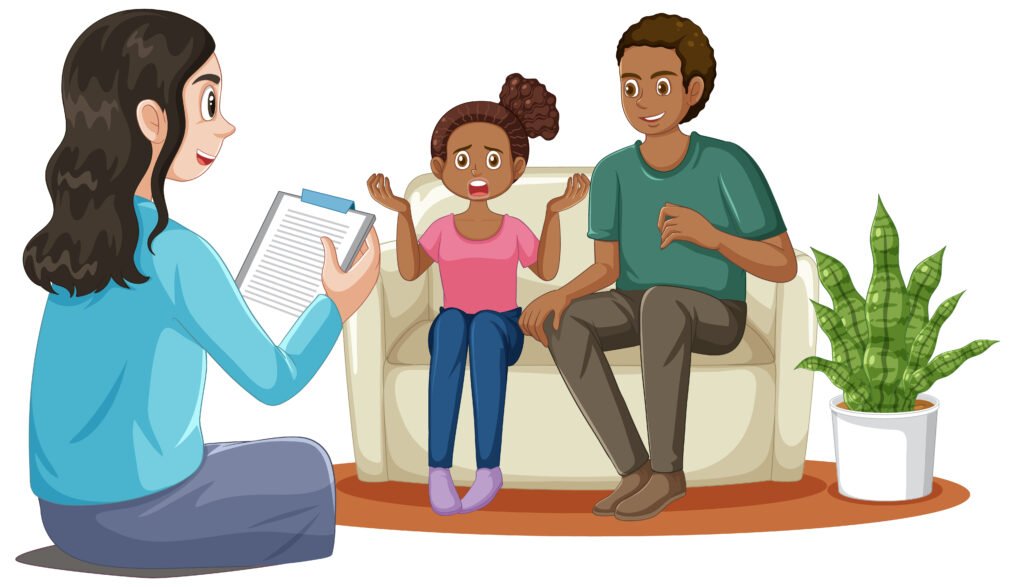
4. Promoting Phonological Awareness
Phonological awareness is a child’s ability to hear and manipulate the sound structure of words. This includes rhyming, syllables, onset and rime, and phonemic awareness.
Focus Areas:
- Rhyming: Practice with rhyming books and songs.
- Syllable Awareness: Clap out the beats in words like “ap-plea.”
- Onset and Rime: Break words like “dog” into /d/ and /Og/.
- Phoneme Isolation: Identify the first sound in “cat.”
Games and Ideas:
- Rhyming match card games
- Word segmenting puzzles
- Jump-on-the-syllable floor mats
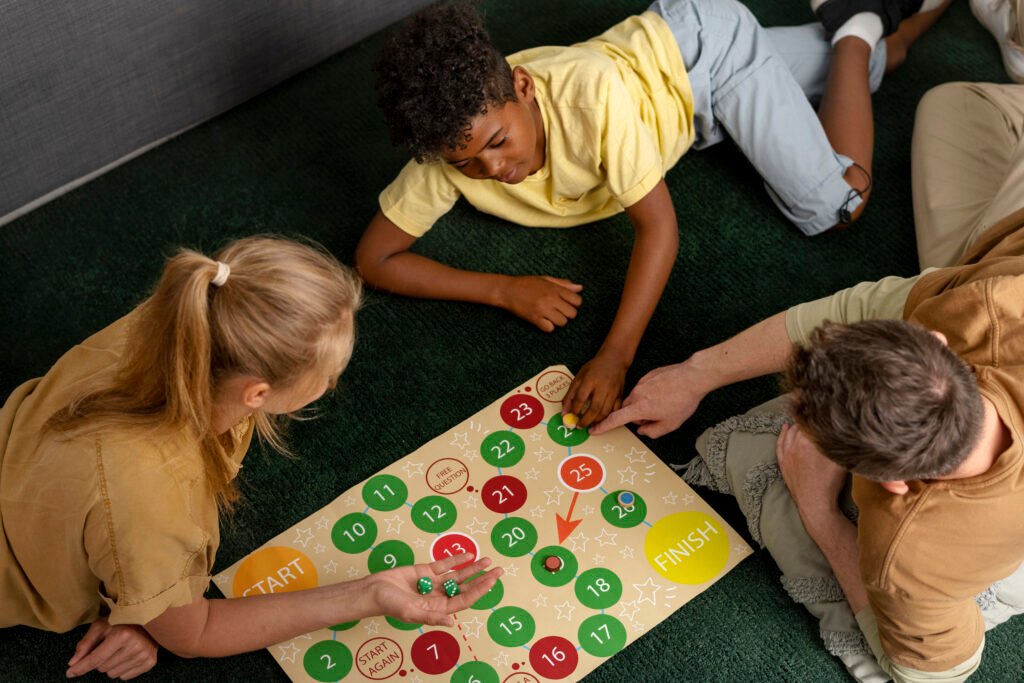
5. Building Gross and Fine Motor Skills
Writing is closely tied to reading. Children need physical control to hold pencils and form letters.
Gross Motor Activities:
- Balancing games (walking on a line)
- Catching and throwing
- Obstacle courses
Fine Motor Activities:
- Threading beads, tearing paper, cutting shapes
- Finger painting and playing with dough
- Tracing lines, shapes, and eventually letters
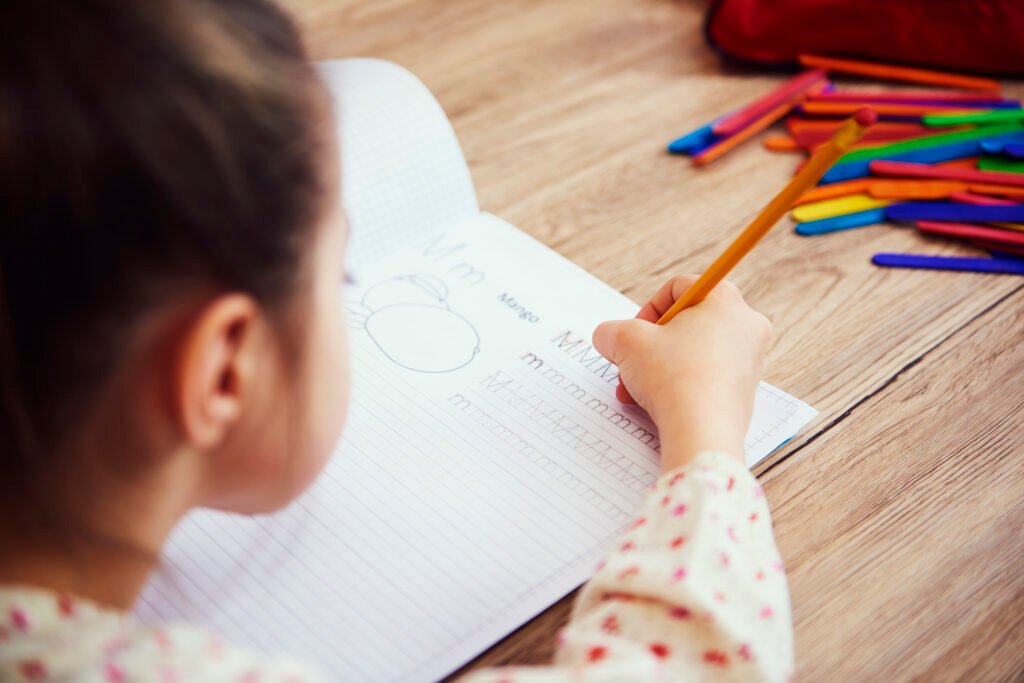
6. When and How to Start Phonics Instruction
Children are typically ready for structured phonics when they:
- Show interest in letters and books
- Can sit and focus for 5–10 minutes
- Have developed basic phonological awareness
There is no “perfect” age, but most children begin formal phonics instruction around ages 4 to 6.
Tips for Starting:
- Use consistent letter-sound associations
- Teach through play and real-world examples
- Focus on lowercase letters first, as they are more common in texts

7. Creating a Phonics-Friendly Environment
A print-rich, sound-friendly environment fosters early literacy.
Ideas for Your Environment:
- Label everyday items in the house/classroom
- Use magnetic letters on the fridge
- Provide alphabet puzzles and letter stamps
- Set up a comfortable reading area with access to age-appropriate books

8. Integrating Technology Thoughtfully
Technology, when used wisely, enhances phonics readiness:
Recommended Tools:
- Apps: Starfall, Teach Your Monster to Read, Khan Kids
- Audiobooks: Strengthen listening and comprehension skills
- Interactive Whiteboards: Engage small groups in phonics games
9. Role of Parents in Phonics Readiness
Parental involvement dramatically improves outcomes. Children benefit when reading is modeled at home and encouraged in everyday routines.
Simple Practices:
- Read aloud daily, even for just 10–15 minutes
- Point out print in everyday environments (signs, labels, menus)
- Ask open-ended questions during story time
- Celebrate effort more than correctness
10. Overcoming Common Challenges
Common Issues and Solutions:
- Short Attention Spans: Break tasks into 5-minute blocks and use movement-based games.
- Letter Confusion (like b/d or p/q): Use tactile materials to reinforce directionality.
- Limited Resources: Create DIY games with household items (flashcards, alphabet scavenger hunts).
11. Sample Daily Routine for Phonics Readiness
Here’s how to fit phonics prep into a daily routine:
- Morning: Label breakfast items (milk, cup, spoon)
- Midday: Clap out syllables in lunch foods
- Afternoon Play: Alphabet puzzle or letter matching game
- Evening: Read a rhyming story together and discuss
12. Real-Life Examples
Emma, Age 4: Loved singing songs. Her parents added sound games, and she began decoding CVC words in a few months.
Jamal, Age 5: Had trouble focusing. Introducing movement-based phonics games kept him engaged and learning.
Parent Reflection: “By turning everyday moments into playful learning, our daughter grew confident in recognizing letters and sounds.”

Conclusion: A Confident Start to Reading
Getting ready for phonics is about much more than memorizing letters. It’s about building a rich set of early literacy skills through conversation, play, exploration, and bonding. When children are immersed in a language-rich, supportive environment and encouraged through age-appropriate activities, they develop not only the tools to read but the love of reading itself.
Parents and educators are partners in this journey. By laying the groundwork together, we ensure that every child can step into phonics with joy, confidence, and curiosity.
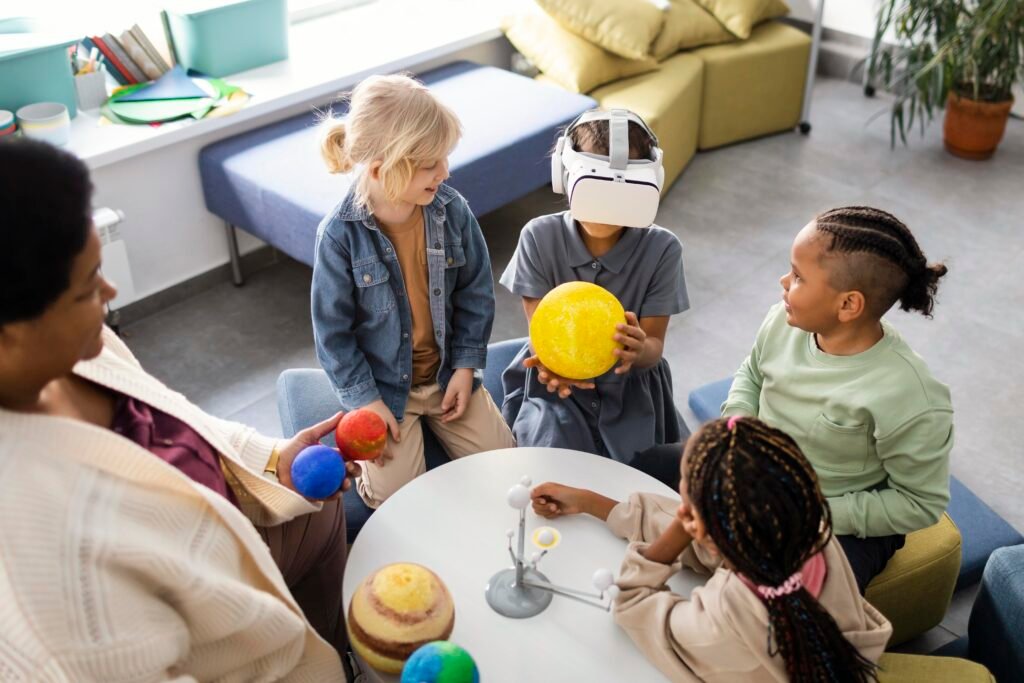
SEO Keyword Use Summary:
- Primary Focus Keyword: Getting Ready for Phonics
- Secondary Keywords: phonics readiness, early reading, phonological awareness, literacy development, phonics environment, fine motor skills, oral language, parent involvement
Meta Description:
Discover this 2500-word expert guide to getting ready for phonics. Learn how to build pre-reading skills, create phonics-rich environments, and support young learners on their path to reading success.


